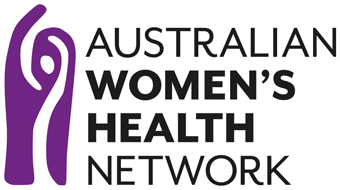When she talks to you about the violence: A toolkit for GPs in NSW
Publisher: Women’s Legal Services NSW. October 2013.
Status – CURRENT
Over 1 in 5 women make their first disclosure of DV to their GP, the resource has been developed to assist GP’s to identify and respond more appropriately to women and children who have experienced or are experiencing domestic or family violence.

